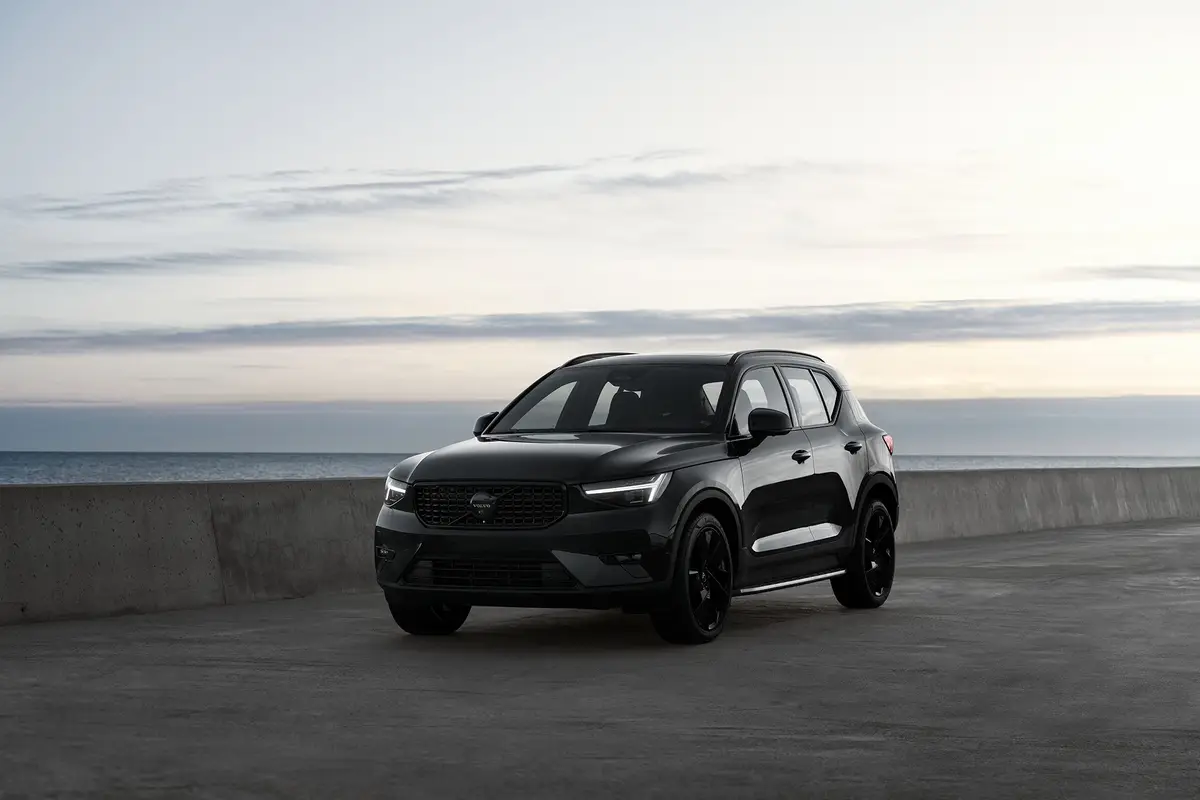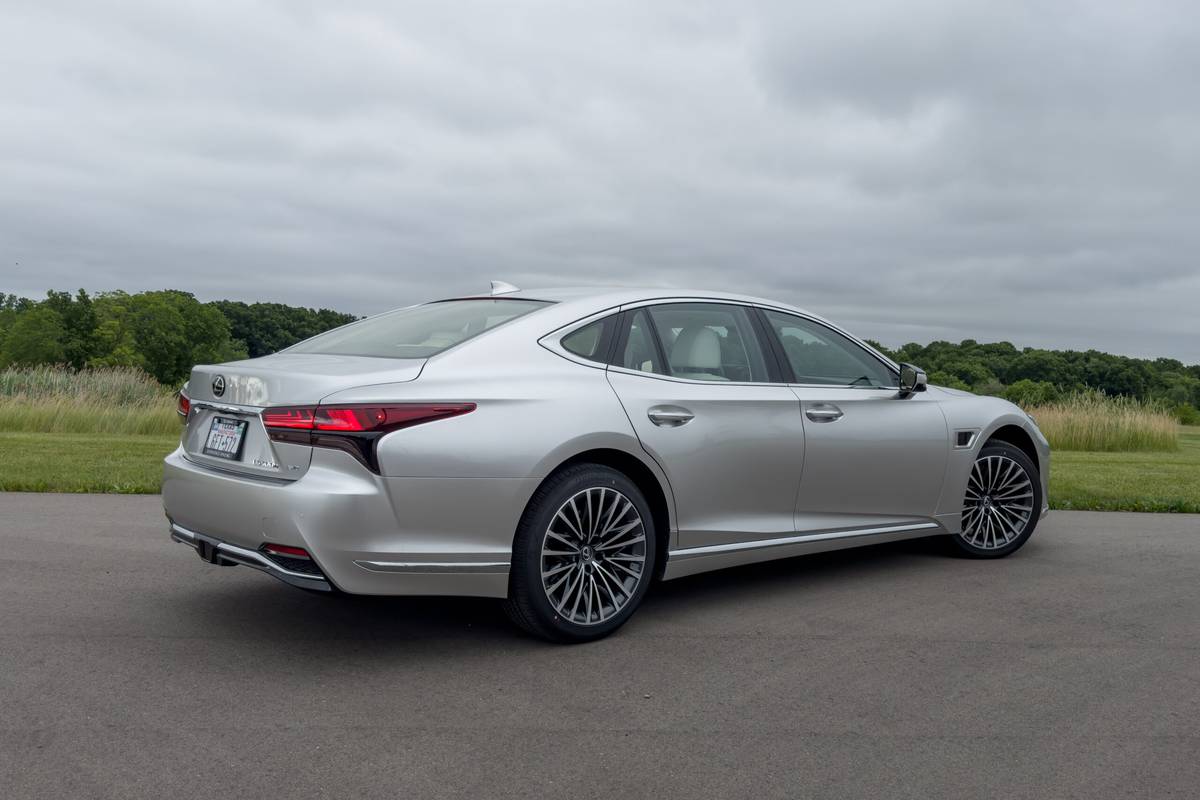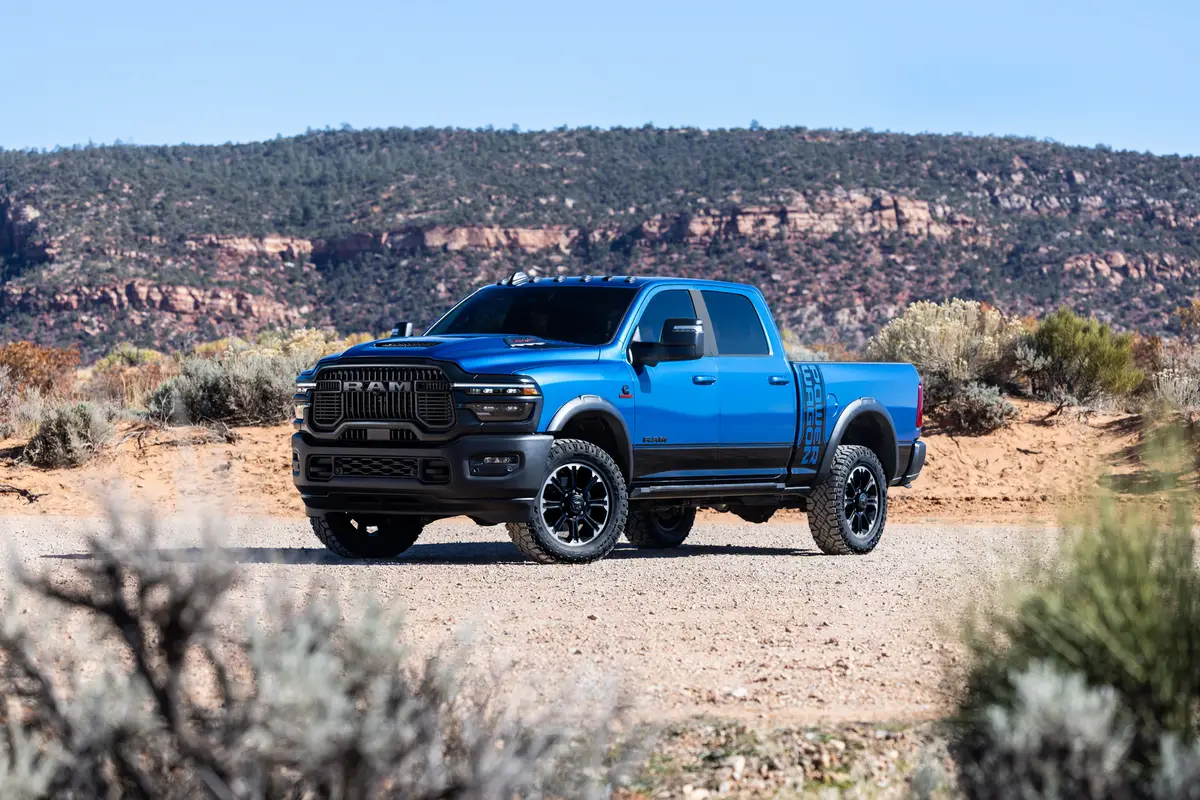Star-Telegram.com's view
Creating a new generation of a best-selling automobile always presents a challenge. How do you change and improve upon something that consumers have already wholeheartedly embraced?
In the case of a motor vehicle, change is inevitable; a vehicle must be updated periodically to incorporate new technology — particularly in the areas of safety, emissions control and fuel economy — and meet consumer needs based on feedback from owners of the current-generation vehicle.
But when redesigning a vehicle as popular as the Ford Explorer, an automaker must make sure that the changes are for the good so as not to antagonize the loyal owners that would help make the new vehicle a success.
Despite a small glitch or two, Ford has followed that formula with the 2006 Explorer, the fourth generation of America’s best-selling passenger vehicle. This is the best Explorer yet, and deserves to stay at the top of the sport utility vehicle pack, where the Explorer has been since shortly after its introduction for 1991.
Ford says the 2006 model is new from the windshield forward, but the company believes that the changes are significant enough that this can be called the next generation of the Explorer.
These changes should help keep the Explorer ahead of the competition, and that’s important for Ford. This vehicle has been a cash cow for the now-ailing automaker. Ford has sold nearly 5.5 million of them over the past 15 years, and no other sport utility vehicle — or passenger vehicle, period — has come close to that.
And even though much of the vehicle carried over from the 2005 model, there was “not a single area that did not receive attention,” Explorer Chief Engineer Judy Curran said.
As for the exterior, a conscious effort was made to give the newest Explorer some of the styling cues of the current-generation F-150 pickup, which was introduced two years ago.
For 2006, the Explorer’s improvements, the automaker says, include better fuel economy; a new 4.6-liter V-8 engine and six-speed automatic transmission; cleaner tailpipe emissions; 10 advanced safety features, all of which are standard; 10 percent higher payload; increased towing capacity, which is now up to 7,300 pounds; a new frame, some of which is based on the frame used in the F-150 pickup; and an all-new interior.
Despite using a frame derived from the F-150, the new Explorer is not based on the F-150 chassis the way the original Explorer was based on the platform of the Ranger pickup. Instead, the Explorer rides on a unique platform designed specifically for sport utility vehicle use, the company says.
One big difference that comes from using a chassis that is designed for passenger-vehicle use is that this is the quietest Explorer ever, with class-leading interior quietness at highway speeds, Ford says. It’s not as noisy or as rough-riding as a pickup.
During my time in the four-wheel-drive Limited model we tested (base price $35,940 plus $645 freight), I came to agree with Ford’s assessment of the improvements in ride, handling and quietness of this newest Explorer.
While not quite as smooth and refined as some of the car-based crossover sport utilities on the market (this is still a truck, after all, with a body-on-frame arrangement rather than a carlike unibody format), the new Explorer is a marked improvement over not only its predecessor, but most of its truck-based SUV competitors.
And interior comfort certainly has been improved, except for a couple of minor problems — including a weirdly placed door-closing grab handle and a driver’s side seatbelt that is too short to accommodate larger people comfortably.
The base engine, a 4.0-liter V-6, carries over from 2005, but with the changes that reduced its tailpipe emissions. The company says V-6-powered Explorers have 74 percent less smog-forming emissions than the previous model and are certified to have the same low emissions the Ford Escape and Mercury Mariner gasoline-electric hybrids. As for the towing capacity, it’s better than that of any crossover SUV, the company said. Crossovers are overtaking traditional truck-based SUVs such as the Explorer as the preferred family-hauling vehicles for everyday use.
Among the most significant interior changes are with the front door handles, which are hard to find if you don’t know where to look. They are built into the front of the armrests and seem like something out of a spaceship.
Below those armrests are the grab handles that the driver or front passenger must use to pull the door shut. Unless the person pulling the door shut gets his hand out of the way quickly, the heavy door will swing in and allow the armrest to slam painfully into the hand that is shutting the door.
There is good news, though: Not yet halfway into the 2006 model year, Ford has already acknowledged that this design was a mistake, and has announced that the door handles are being quickly redesigned for 2007.
Don’t let those handles alone keep you from buying a new Explorer, though. I got used to them pretty quickly, and never got my hand mashed again. The other changes have made the 2006 Explorer much better overall, so keep that in mind when shopping for a new SUV.
Ford says that the new V-6 engine gives the vehicle 53 more horsepower than what was offered by the V-8 in the 2005 model. That has helped improved the trailer-towing capabilities.
Tweaks to the chassis and interior to reduce noise have given this vehicle the quiet ride you would expect to find only in a premium car. To accommodate taller people, the front bucket seats now have longer tracks, allowing them to be pushed back farther. But Ford does need to add some length to the front seatbelts.
The new Explorer also includes improvements in the vehicle’s cargo-carrying abilities. The third-row seat has a 50-50 split and can be folded flat into the floor, half or all. A power option is available so the seat can be folded into the floor with the push of a button.
The third seat also has been made more comfortable, but still is best left to the kids. The second-row seat now can be folded flat as well, but doesn’t go into the floor. Among the interior amenities are an improved headliner and new carpeting. As for safety, the new Explorer leads the pack among the 2006 truck-based SUVs, Ford says.
“The 2006 Explorer leads its class and meets all known federal frontal and side-impact crash requirements through 2010,” the company says. Of the Explorer’s standard safety features, seven are new to the midsize SUV segment.
Carrying over from 2005, though, is the Explorer’s AdvanceTrac system with roll stability control, which essentially is the same system developed by Ford and used first in the premium Volvo XC90 sport utility.
Four trim levels are offered: the base XLS, the XLT, the Eddie Bauer, and the top model, the Limited, which we tested. All trim levels are available in either two- or four-wheel drive.
The four-wheel-drive system, which was present in our test vehicle, includes shift-on-the-fly capability. The modes are two-wheel drive, fulltime four-wheel drive, and low-range four-wheel drive, which is suitable for severe off-roading.
Standard equipment on our Limited model included the 4.6-liter V-8 engine, leather-trimmed heated seats with 10-way power adjustment for the driver’s side; 60/40 split-folding middle seat; audiophile stereo with six-disc in-dash CD player with MP3 playback; power windows/mirrors/door locks with remote and driver’s side keypad; digital compass/temperature/trip computer; tilt steering wheel with audio, temperature, and cruise buttons; dark woodgrain interior accents; front seat side air bags; dual-zone automatic climate control; and a tire-pressure monitoring system.
Extras on our vehicle included safety canopy side air-curtain air bags ($560); a GPS navigation system ($1,995); 18-inch chrome wheels ($450); trailer-towing package ($150); rear climate control system ($650); reverse-sensing system ($255); power-folding third seat system ($1,340); rear-seat DVD system ($1,295); and power adjustable pedals with universal garage/gate opener ($350).
Total sticker was $43,630, including freight and options.
EPA fuel-economy ratings for our V-8 equipped model were 14 miles per gallon in the city and 20 mpg on the highway. The tank holds 22.5 gallons of fuel, and regular unleaded is acceptable.
G. Chambers Williams III is staff automotive columnist for the San Antonio Express-News and former transportation writer for the Star-Telegram. His automotive columns have appeared regularly in the Star-Telegram since 1995. Contact him at (210) 250-3236; chambers@star-telegram.com.
– – – 2006 Ford Explorer
The package: Midsize, rear- or four-wheel-drive, four-door, five- or seven-passenger, V-6 or V-8 powered, sport-utility.
Highlights: Heavily redesigned for 2006, Ford calls this the next generation of its best-selling passenger vehicle. It rides on a new frame, with a carryover base V-6 engine, new 4.6-liter V-8 engine, more towing capacity, and a quieter ride.
Negatives: V-8 has poor fuel-economy ratings for a family hauler; limited cargo space behind third seat.
Engine: 4.0-liter V-6, 4.6-liter V-8.
Transmission: Six-speed automatic.
Power/torque: 210 horsepower/254 foot-pounds (V-6), 292 hp/300 foot-pounds (V-8).
Length: 193.4 inches.
Curb weight: 4,440-4,777 pounds.
Fuel capacity/type: 22.5 gallons/unleaded regular.
Cargo capacity: 13.6 cubic feet (behind 3rd seat); 43.9 cubic feet (behind 2nd seat).
Towing capacity: 5,140-7,300 pounds, depending on configuration and engine.
EPA fuel economy: 14 city/20 highway (V-8), 16 city/22 highway (V-6).
Base price range: $27,175-$36,585, including freight.
Price as tested: $43,630 (V-8 four-wheel drive Limited model, including freight and popular options, such as power third seat, navigation and rear DVD).
On the Road rating: ***** (five stars out of five).
Prices shown are manufacturer’s suggested retail; actual selling price may vary according to manufacturer and/or dealer rebates, discounts and incentives, if any.
Latest news



